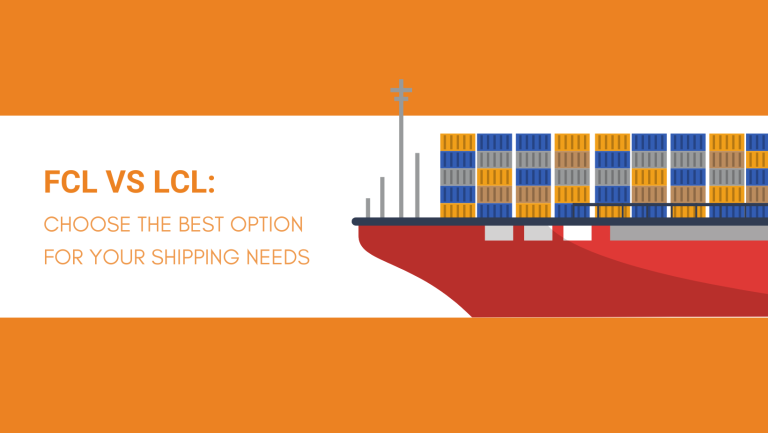Most products transported via ship have to be packed in shipping containers. It helps ensure the safety of goods and makes handling cargo more orderly. Customers, however, retain discretion on whether to pay for a full container load or a less-than-a-container load.
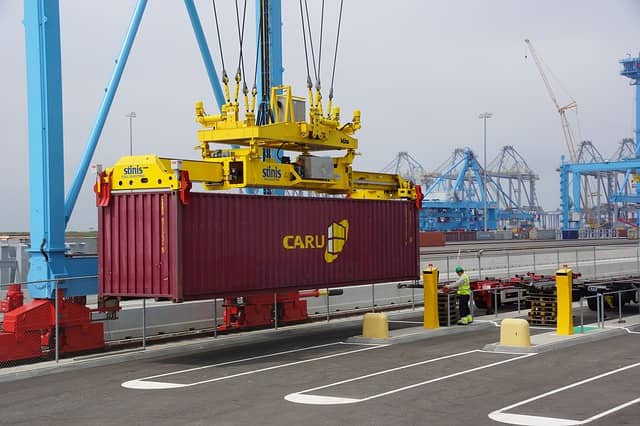
This brings us to a couple of pertinent questions like; what exactly is a full container load (FCL) or less-than-a-container load (LCL)? What benefits do they offer? More importantly, how do you decide which of them is better for your shipping needs?
Well, wonder no more. Come along as we compare FCL vs LCL and offer you insights to help you make well-informed shipping decisions.
What Do FCL and LCL Mean?
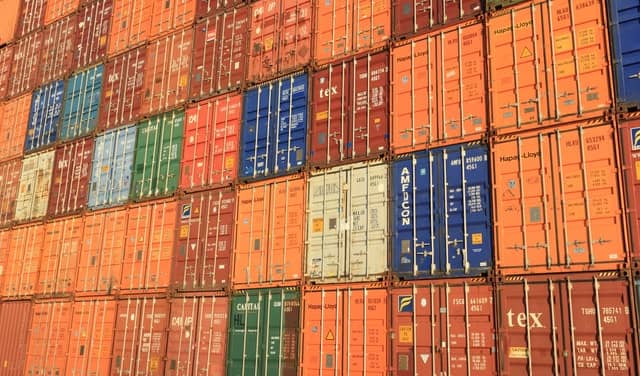
A full container load (FCL) refers to a shipping option where you pay for an entire shipping container to carry your goods. The goods may or may not fill up all the space in the container.
However, even if the container is only half full, no goods belonging to any other client can be shipped in that container.
On the flip side, a less-than-a-container load (LCL) is an option where your goods are packed in the same container as those of other clients.
Each load is packed separately and each of you pays container shipping rates based on the amount of space that your goods will occupy.
How Does FCL Shipping Work?

FCL shipping is recommended for large consignments that are likely to fill at least half or more than half of a shipping container. However, once you pay for the full container it is entirely your prerogative to choose how much cargo you would like to put into it.
If your goods do not fill up the container, it is packed with materials known as dunnage. They fill up the empty space in the container and prevent your goods from swaying from end to end and possibly getting damaged during transit.
When all pallets are secured in the container, you or the person sending you the goods can seal it and hand it over to the shipping company. It is then loaded onto the ship and dispatched on the agreed date.
Pros and Cons of FCL Shipping
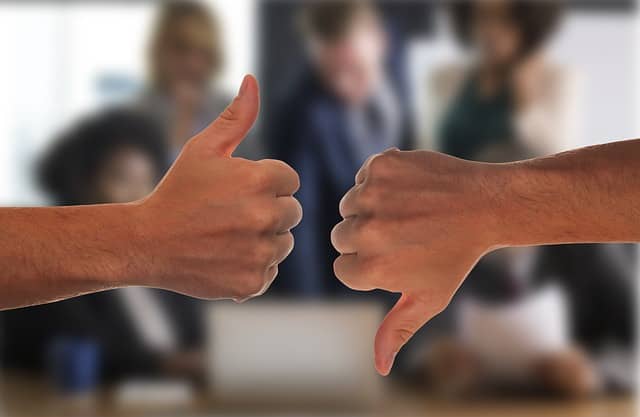
Pros:
- Hiring your own container can reduce the risk of misplaced or pilfered goods because your goods do not have to be packed or consolidated by anyone else. Your container can remain sealed from the port of origin to yours.
- FCL allows you to easily ship uniquely-shaped goods that would take up lots of space because they cannot be wrapped into a cube.
- You get good value for money by using FCL shipping to transport heavy goods or many units of a product.
- FCL may help you save time as you do not have to wait for cargo to be sorted or consolidated once it arrives at your destination.
Cons:
- FCL shipping can be expensive, especially factoring in other costs like last-mile delivery.
- You would have to handle sealing/unsealing as well as unloading the container on your own; this can be tasking if you do not have the right equipment.
How Does LCL Shipping Work?

Less-than-a-container load shipping is an approach recommended for small to medium size consignments. In shipping terms, these are usually packages that measure about 10 cubic meters and below.
The first step would be to deliver the goods you would like to ship to your chosen shipping company. They would then consolidate them into a package(s) that can fit onto shipping pallets.
Your package is then measured for billing and packed in a container alongside packages belonging to other clients.
An LCL shipping container is only sealed and loaded for shipping once it is full. This can take time because every shipper brings in goods at their own time. All packages then have to be sorted and consolidated before being packed into the container.
Pros and Cons of LCL Shipping
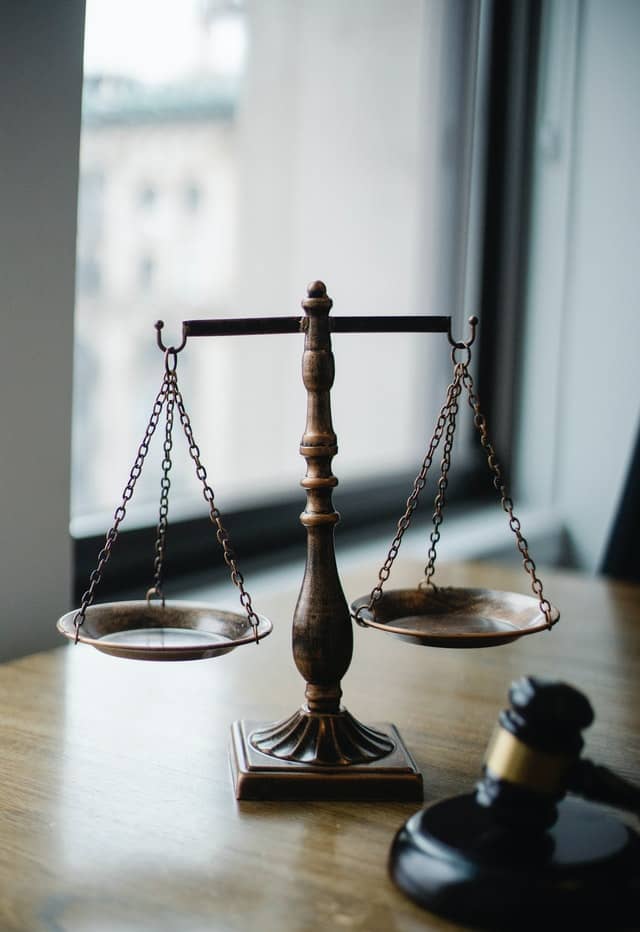
Pros:
- LCL allows you to pay for exactly the amount of room you need to ship your goods.
- Shared containers are unloaded for you at the port and you, therefore, only have to clear customs and collect your package.
- LCL shipping is flexible in that you can buy different quantities of goods at different times. You do not always have to worry about filling a container to get good value for money.
Cons:
- Consolidation and deconsolidation of consignments takes time.
- The handling of goods from different shippers all together can sometimes result in errors or misplacement of goods.
- Fragile goods may not fare well in a container with a broad assortment of other goods.
Key Differences Between FCL vs LCL Shipping
We have already established that in FCL you have an exclusive shipping container but with LCL, you have to share space with other shippers.
That, however, is only the tip of the iceberg. FCL and LCL shipping methods also vary based on:
Cost

Most shippers assume that FCL shipping always costs more than LCL but that is inaccurate.
In FCL, you pay a flat rate for the whole container. It does not matter how much or how little space you use. As such, if you have lots of goods to ship, it is a fair deal.
In contrast, LCL shipping is billed per cubic meter. This is calculated based on the horizontal and vertical space that your consignment occupies. It is thus ideal for small packages that do not take up much space or stackable items.
On the downside, LCL gets costly if you are shipping goods like sofas or fragile items that can not be stacked.
This is because you will be billed for every cubic meter that your goods occupy and the space above it that could not be stacked with more goods so as to keep your items intact.
Subsequently, it is important to consider this disparity in FCL and LCL billing so that you do not rush to pick one over the other thinking that it will outright be cheaper.
Handling Fees
FCL shipping places the onus of packing and sealing the container on you(the shipper), your sourcing agent, or your freight forwarder. This means that the shipping company will not handle your goods and thus can not charge you any consolidation fees.
In most cases, you may only be billed for the loading and unloading of the container.
LCL shipping, on the other hand, involves the consolidation of goods at the port of origin and deconsolidation at the port or delivery. Consequently, you may incur multiple handling fees on top of those that you pay transporting your consignment in the container.
Weight and Volume

In terms of specific dimensions, LCL is suitable for goods that weigh over 200kg and have a cubic meter (CBM) measurement lower than 10.
At 10 CBM, the costs of LCL shipping start to go much higher. As such, it would be wiser to choose FCL shipping once you get to that point.
Weight would not really be an issue in FCL as the allowances are usually quite high. Just be sure to find out the maximum allowable gross weight and stick to it.
Security
Once a full load container is sealed at the port of origin, it will remain so until you receive it. This is because only your goods are in it and so it does not need to be opened to remove other people’s goods once it arrives at your port.
Unfortunately, shared containers in LCL shipping have to be opened for different customers’ goods to be sorted. Sometimes, at this point, fragile items can get broken, unscrupulous port officials could pilfer the goods, or your consignments can get misplaced.
FCL shipping is, therefore, the better shipping option in terms of overall safety.
Flexibility
FCL offers little flexibility in regard to delivering goods to different destinations. It is more suitable, for instance, if you are shipping a bulk consignment from your supplier to your warehouse.
LCL is, however, more flexible because you can ship different packages to different destinations in different containers. It would thus be ideal for dropshippers that need to fulfill orders across various global destinations.
Documentation

In FCL shipping, there is often only one set of documentation outlining the items in the container, its destination, as well as the consignor, and the consignee.
LCL shipping requires way more documentation in comparison. This is because each package may contain something different and have a different consignor and consignee.
Such detailed documentation can be hard to keep track of. Moreover, if one item in the container raises a red flag during customs checks, it could delay the release of all other packages due to the shared documentation.
FAQs on FCL vs LCL Shipping
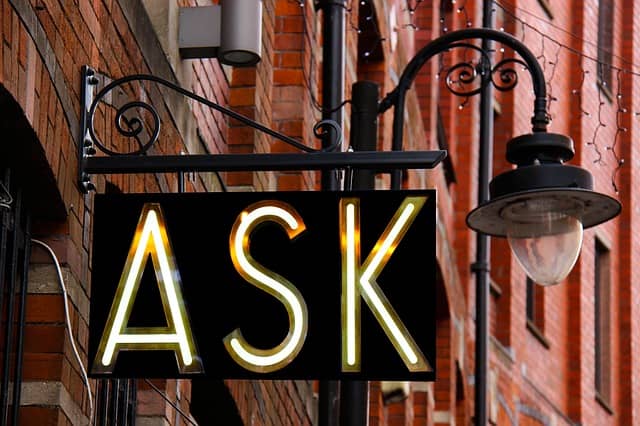
Is Ocean Shipping Always Cheaper Than Air Freight?
No, it is not.
As we have highlighted in this guide, the cost of shipping is usually calculated based on weight and volume. Shipping only makes financial sense if you are transporting goods that have a CBM of 1 or more and weigh over 200 kilograms.
Any consignment that is lighter and smaller than this can be more expediently and affordably shipped via air freight.
How Do I Calculate FCL or LCL Shipping Costs?
FCL shipping comes at a flat rate cost and will likely not require any further calculations. Nevertheless, always endeavor to find out if there will be any additional handling costs or hidden fees.
LCL shipping calculations are done based on the volumetric weight of your consignment but every shipping company charges a unique rate of cost per cubic meter. You may also need to add handling fees to the total cost per cubic meter.
You can try and find out the CBM rate beforehand so that you can and buy goods that are within your shipping budget. Or decide whether FCL or air freight may be better options for you.
Which is Better: FCL or LCL Shipping?
It purely depends on your circumstances.
FCL is ideal if:
- You are shipping heavy goods or a large quantity of goods to one destination.
- The goods you are shipping are fragile, can not be stacked, or have a distinct shape that would be hard to arrange among other items.
- You would prefer a higher standard of safety for your goods.
- You have set delivery appointments and would like to avoid port delays.
Alternatively, LCL may be a better option if:
- You are shipping different consignments to different destinations like Amazon FBA warehouses.
- The CBM of your consignment is lower than 10.
- You are shipping goods that are not fragile.
- You do not mind waiting a little longer for your goods to be dispatched and processed at your port of entry.
In Summary
When it comes to shipping, each situation is unique. So, try not to simply imitate what other entrepreneurs in your industry are doing.
Instead, figure out your budget, shipping requirements, as well as the quantity, and nature of the goods you plan to ship. Compare those factors against everything you now know about FCL and LCL shipping to identify the right solution for your business.
Are you worried about coordinating consignments, finding good CBM rates, or choosing the right shipping approach?
We, at NicheSources, are a full-service product sourcing company that is well-experienced in global shipping. We can harness our networks in the industry to find you suitable, reliable, and affordable shipping partners.
Simply send us a detailed outline of your requirements and request a free quote. Our team of experts will handle the rest.
